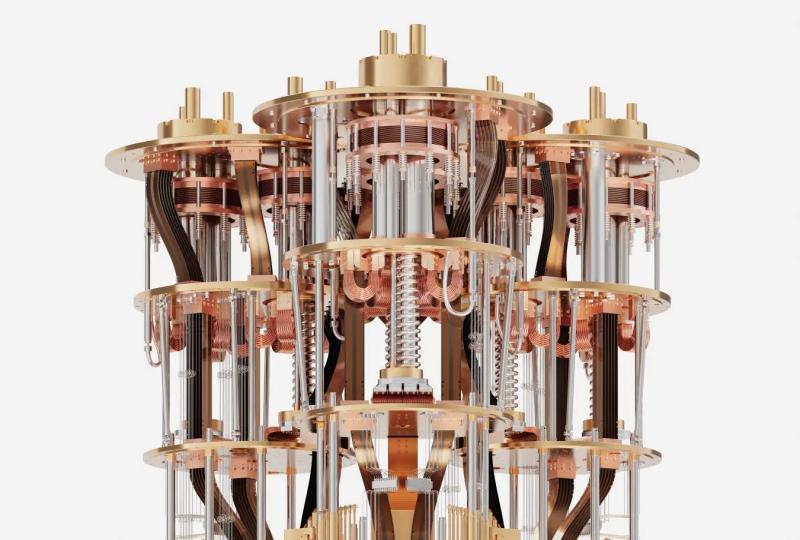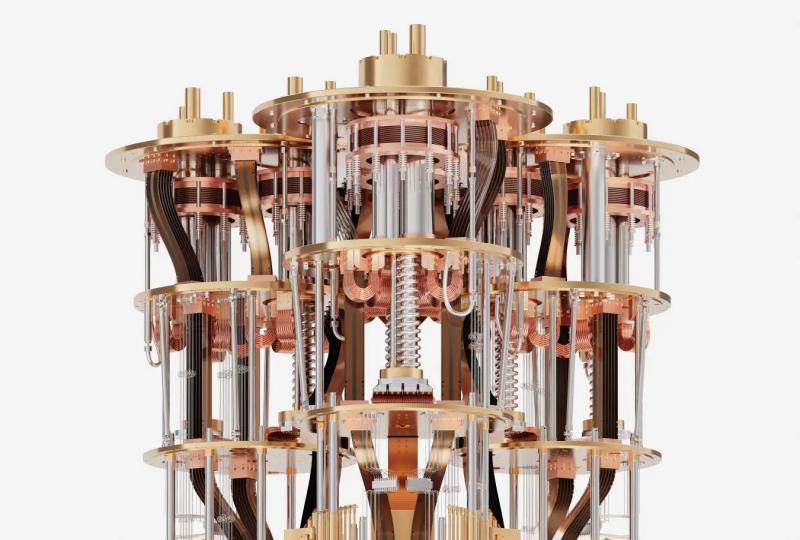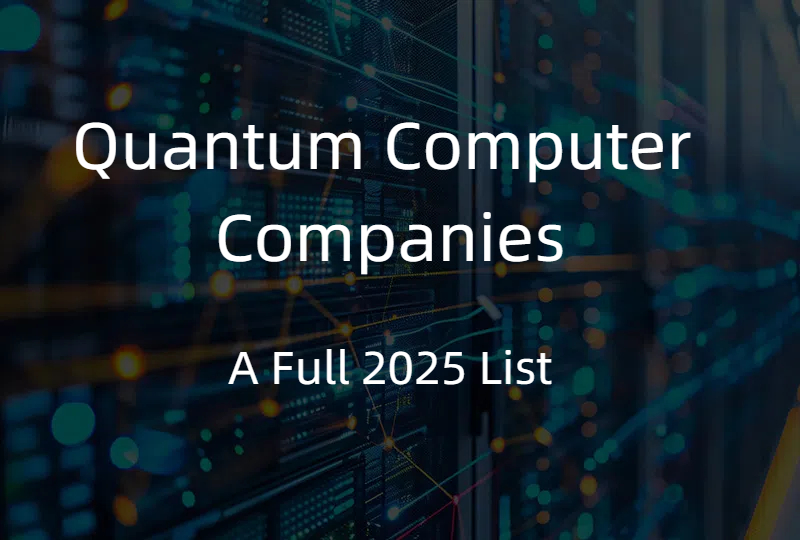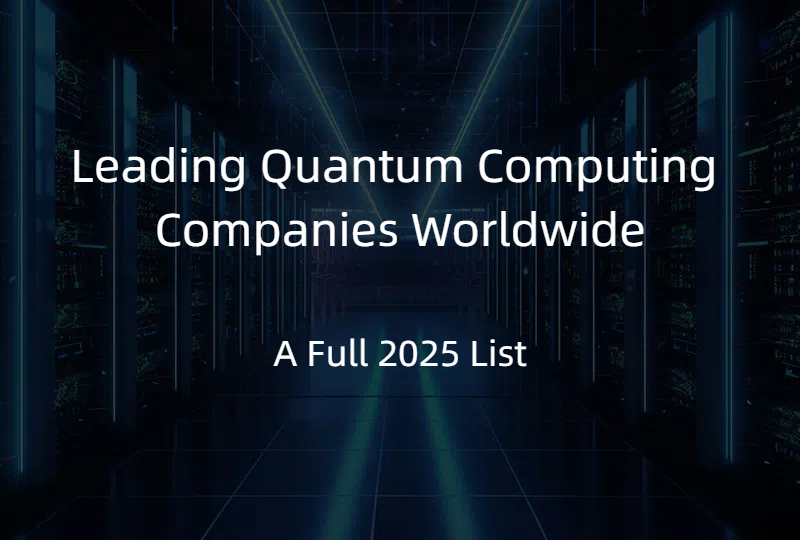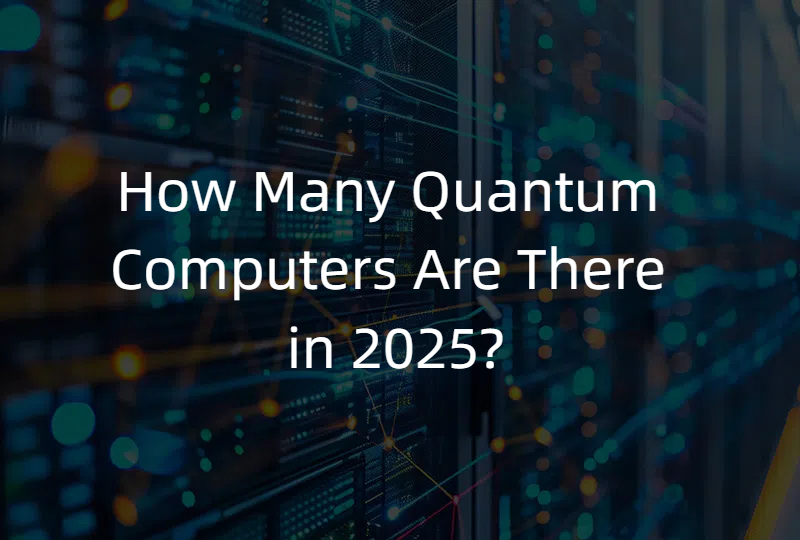Quantum Computers Cost – Price Guide, Factors, and SpinQ Solutions
2025.08.18 · Blog Quantum Computers CostSuperconducting quantum computerQuantum computing
Whether you’re educating the next generation of quantum scientists or driving industrial-scale simulations, quantum computing solutions are available across a wide budget spectrum.
Introduction
Quantum computing represents a transformative advance in computation, using qubits that exploit superposition and entanglement to tackle problems beyond the reach of classical systems. From drug discovery to financial modeling, these machines deliver unprecedented power—but at a cost that varies widely by tier and application.
The Quantum Computer Cost Spectrum
Tier 1 – Educational & Small-Scale Systems
Price Range: Typically in the lower five-figure U.S. dollar range, depending on configuration and support offerings.
Designed for schools, universities, and training programs, these systems provide hands-on access without industrial infrastructure demands.
SpinQ Examples:
-
SpinQ Gemini Mini / Mini Pro: Portable 2-qubit NMR platforms with touchscreen and curriculum
-
SpinQ Triangulum / Triangulum Mini: 3-qubit desktop or portable models for algorithm exploration
-
SpinQ Gemini Lab: Integrated experimental platform covering fundamentals through advanced research
Key Advantages:
-
Room-temperature operation—no cryogenics
-
Maintenance-free design
-
Compact form factors ideal for classrooms
Tier 2 – Mid-Range Research Systems
Price Range: Generally in the low seven-figure U.S. dollar range, varying by qubit count and control hardware.
Built for universities, corporate R&D labs, and specialized industry pilots, these systems offer higher fidelity and scalability.
SpinQ Solutions:
-
Advanced NMR systems for algorithm development and hybrid simulations
-
Entry-level superconducting setups with modular control units
Ideal Use Cases:
-
Quantum algorithm research
-
Proof-of-concept industrial applications
-
Graduate-level training
Tier 3 – Industrial-Grade Quantum Computers
Price Range: Typically in the mid to high tens of millions of U.S. dollars, according to infrastructure and performance specs.
These flagship machines, found in national labs and large enterprises, deliver maximum qubit counts and fidelity.
SpinQ Example:
-
SpinQ SQC 20-Qubit Superconducting Computer
-
Single-qubit fidelity: ~99.9%
-
Two-qubit fidelity: ~98%
-
Decoherence times: tens of microseconds
-
Applications:
Quantum chemistry simulations, large-scale finance models, AI acceleration
Tier 4 – Standalone Quantum Processors (QPU)
Price Range: Often in the five-figure to low six-figure U.S. dollar bracket, depending on qubit count and topology.
For research groups with existing lab infrastructure, QPUs offer cost-effective integration.
Key Features:
-
Configurations from a few to a few dozen qubits
-
1D and 2D qubit layouts
-
Factory-tested performance reports
Tier 5 – Quantum Cloud & QCaaS
Price Range: Commonly quoted in the mid four-figure to low five-figure U.S. dollars per quantum-processing hour.
Quantum Computing as a Service lets users rent hardware time without capital investments.
SpinQ Cloud:
-
Access to both NMR and superconducting platforms
-
Simulators up to two dozen qubits
-
Graphical and Python-based programming interfaces
Factors That Drive Quantum Computer Costs
-
Qubit Technology: NMR versus superconducting, material research, fabrication yields
-
Performance Specs: Gate fidelity, decoherence times, error-correction overhead
-
Infrastructure Needs: Cryogenics, vibration isolation, electromagnetic shielding
-
Software & Ecosystem: Programming frameworks, algorithm libraries, cloud integration
-
Customization & Services: Tailored QPU layouts, private-cloud setups, installation, training, and maintenance
Ongoing Operational Expenditures
-
Maintenance & Calibration: Periodic fidelity checks and recalibrations
-
Energy Consumption: Cryogenic cooling demands significant power
-
Staffing: Quantum engineers, calibration technicians, and support personnel
-
Software Subscriptions: Cloud access, simulator licenses, and algorithm packages
Cost-Effective Entry Paths
-
Educational NMR Systems: Affordable, portable, and perfect for curriculum integration
-
Cloud Access: Eliminates upfront hardware and facility costs
-
Standalone QPUs: Leverages existing lab infrastructure for incremental upgrades
Future Trends in Quantum Pricing
-
Miniaturization & Standardization: Driving down manufacturing costs
-
Hybrid Architectures: Blending classical GPUs with quantum co-processors
-
Expanded Cloud Services: Further reducing capital outlay
-
Rising Competition: Accelerating component-price declines
Understanding the pricing landscape—from lower five-figure classroom systems to tens of millions for industrial quantum computers—is critical to selecting the right solution for your goals. SpinQ Technology delivers options across every tier, ensuring an appropriate match of capability, support, and budget.
Featured Content


